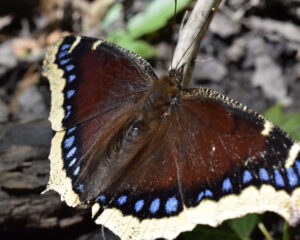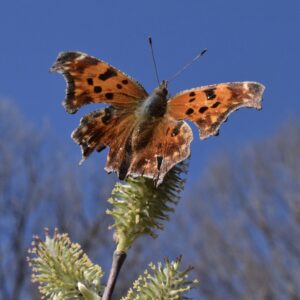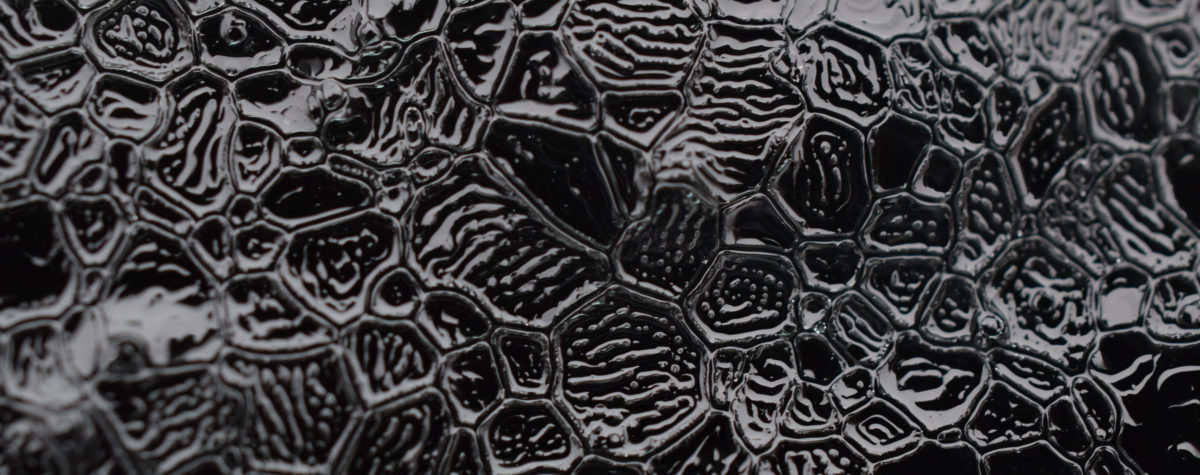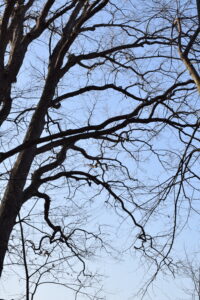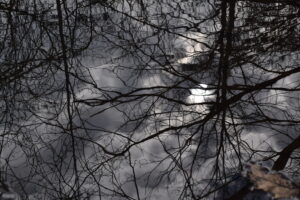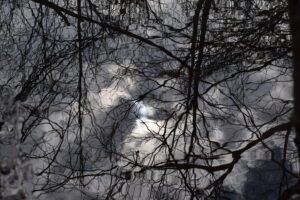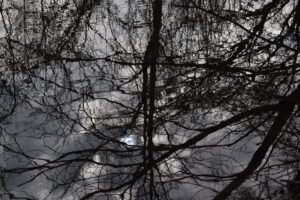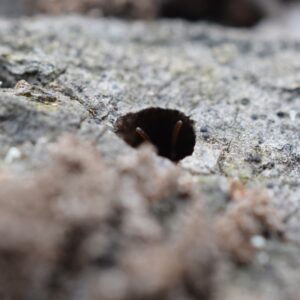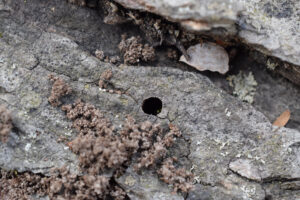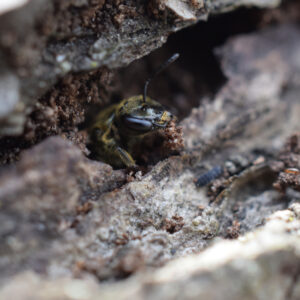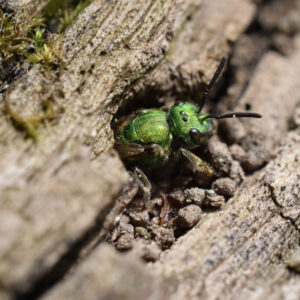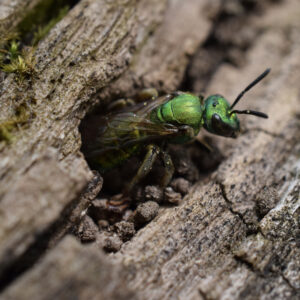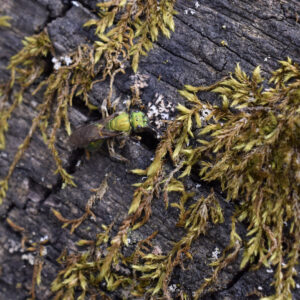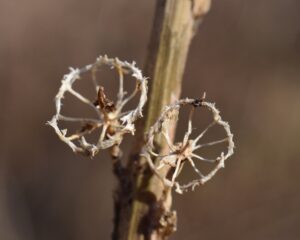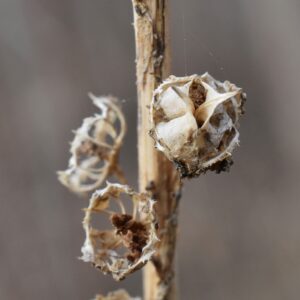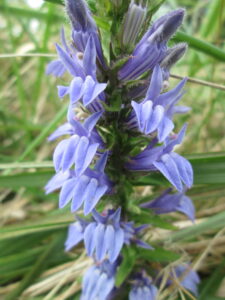There are a couple of fairly common woodland butterflies that I usually start to see right around this time of year: the comma butterfly and the mourning cloak butterfly. It should be a bit of a toss-up which I see first since they start to appear at roughly the same time. In practice, it seems like I usually spot the mourning cloak first. This year was no exception to that; I spotted my first mourning cloak on the 21st (I didn’t have my camera with me at the time, though), and I haven’t spotted a comma yet.
The two species are relatively closely related and have a similar strategy that allows them to be present super early in the spring; both overwinter as adults and can feed on tree sap so they aren’t dependent on flowers blooming to be active.
